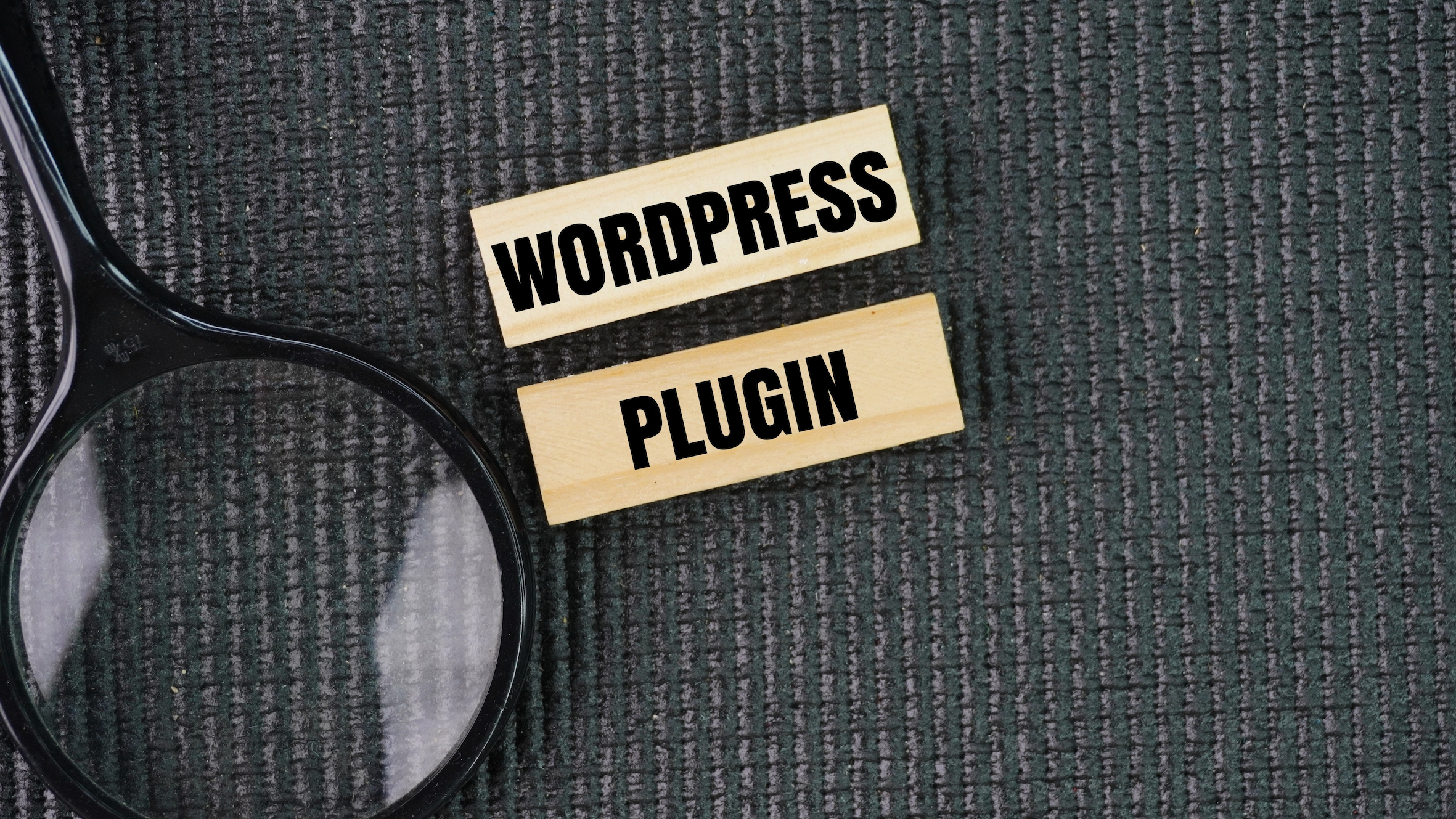News
The Importance of Multi-Channel Attribution: How Agencies Track Your Marketing Success
In today’s digital-first world, consumers engage with brands through multiple touchpoints before making a purchase. Whether it’s seeing a Facebook ad, reading a blog, or receiving an email, each interaction contributes to the customer journey.
For businesses looking to understand the effectiveness of their marketing strategies, this multi-channel journey creates both a challenge and an opportunity. This is where multi-channel attribution steps in—a powerful tool that allows digital marketing agencies to track the performance of various channels, providing a holistic view of how different touchpoints contribute to conversions.
Multi-channel attribution helps agencies not only measure which marketing channels are driving success but also gain insights into the customer journey, improving targeting, budget allocation, and overall return on investment (ROI).
Let’s delve into how digital marketing agencies use multi-channel attribution to assess the success of marketing campaigns, explore the common attribution models, and uncover why it’s a critical strategy for data-driven decision-making in the digital age.
1. Understanding Multi-Channel Attribution
At its core, multi-channel attribution is the process of attributing credit to multiple channels that influence a customer’s decision to convert. Unlike traditional single-touch attribution, which assigns credit to one interaction, multi-channel attribution acknowledges that the modern customer journey is rarely linear. Multi-channel attribution models aim to distribute conversion credit across various channels, such as paid ads, organic search, social media, email marketing, and content marketing, allowing brands to understand how each channel contributes to the final conversion.
Digital marketing agencies leverage multi-channel attribution to measure success across channels by evaluating each channel’s impact on the overall journey. This detailed insight enables agencies to make informed decisions that drive strategy adjustments, optimise campaigns, and ultimately maximise marketing efficiency.
2. Why Multi-Channel Attribution Matters in Marketing
With the proliferation of digital channels, understanding the impact of each on the customer journey has become more challenging but also more essential. Here’s why multi-channel attribution is crucial for businesses:
- Holistic View of Customer Journey: Multi-channel attribution provides a comprehensive view of customer interactions, helping brands see beyond the last touchpoint and understand the value of each interaction along the journey.
- Enhanced Budget Allocation: By understanding which channels drive conversions, agencies can allocate budgets more effectively, ensuring that spending focuses on the channels with the highest impact.
- Improved ROI Measurement: Multi-channel attribution models offer an accurate picture of ROI by recognising the contributions of each touchpoint, which leads to better insights for future campaign strategies.
- Personalised Marketing Strategy: Insights from attribution allow for more personalised marketing tactics. By understanding where customers engage most frequently, agencies can tailor content to specific touchpoints and increase engagement.
- Competitive Edge: In a competitive landscape, understanding the value of each channel allows businesses to stay ahead, optimising marketing efforts and continuously improving their approach to engage and retain customers.
3. Common Multi-Channel Attribution Models
Multi-channel attribution models allow agencies to assign credit to different touchpoints within the customer journey. Each model has its own approach, and the choice of model can significantly impact how success is measured. Below are the most commonly used attribution models:
Last-Click Attribution
The last-click attribution model assigns all credit to the final touchpoint before conversion. While it’s straightforward and easy to implement, it overlooks the influence of previous touchpoints, which may have significantly contributed to the customer’s decision.
First-Click Attribution
In first-click attribution, the first interaction is given full credit. This model recognises the channel that initiated the customer journey, such as an introductory email or a display ad. However, it ignores the impact of subsequent engagements and, like last-click, may not provide a complete view of the journey.
Linear Attribution
The linear attribution model distributes credit equally across all touchpoints. This approach values each interaction in the journey, providing an impartial view of each channel’s role. Linear attribution is useful for brands that want to see an overall impact across all channels but may lack precision in identifying which channels were most influential.
Time-Decay Attribution
Time-decay attribution gives more credit to touchpoints that occurred closer to the conversion. This model considers the entire journey while recognising that interactions closer to the conversion often have a stronger impact. Time-decay attribution is beneficial for campaigns with a longer consideration period, such as high-involvement products or services.
Position-Based (U-Shaped) Attribution
Position-based attribution, often referred to as U-shaped, assigns 40% credit to the first and last interactions, with the remaining 20% distributed among the intermediate touchpoints. This model acknowledges the importance of both initial engagement and final conversion drivers while still valuing the middle touchpoints.
Data-Driven Attribution
Data-driven attribution uses machine learning to assess the impact of each touchpoint on conversion based on actual customer behaviour. This model is highly accurate and tailored, providing agencies with data-specific insights into each journey. However, it requires significant data and advanced analytical tools, making it more complex and resource-intensive than other models.
4. How Agencies Implement Multi-Channel Attribution
Digital marketing agencies utilise multi-channel attribution in a number of ways, from setting up tools to analysing data and refining strategies. Here’s a breakdown of how agencies approach multi-channel attribution:
Setting Up Attribution Tracking
Before agencies can analyse data, they must establish tracking mechanisms that capture all touchpoints within a campaign. Tools like Google Analytics, Adobe Analytics, and marketing automation platforms help agencies implement attribution models by tracking touchpoints across multiple channels, creating a unified view of the customer journey.
Selecting the Appropriate Attribution Model
The choice of attribution model depends on the campaign goals, industry, and customer journey complexity. Agencies work closely with clients to understand their objectives and choose the model that aligns best with their strategy. For instance, a time-decay model may be ideal for brands with long consideration cycles, while data-driven attribution suits brands with substantial data and complex customer journeys.
Analysing Attribution Data
Once tracking is in place, agencies analyse data to identify trends, understand customer behaviour, and evaluate channel performance. They look at metrics like channel engagement rates, time between touchpoints, and conversion patterns to see how each channel supports the journey. This in-depth analysis helps them adjust their tactics to ensure resources are invested in the most impactful channels.
Optimising Campaigns Based on Attribution Insights
With attribution insights, agencies optimise campaigns by reallocating budgets, fine-tuning messaging, and experimenting with new strategies on effective channels. For example, if data shows that social media drives a high percentage of first-click interactions, agencies may increase investment in social media advertising or improve retargeting efforts based on social behaviour patterns.
Continuous Attribution Refinement
Customer behaviours and market trends shift over time, which means attribution analysis is not a one-time exercise. Agencies continually refine their approach to ensure accuracy, adjusting models and updating tracking mechanisms to reflect new touchpoints and behaviours. This iterative process helps brands maintain an up-to-date understanding of their customer journey.
5. Real-World Applications of Multi-Channel Attribution
E-commerce Attribution
For e-commerce businesses, multi-channel attribution can reveal which channels drive the most profitable customers. For instance, a brand might discover that paid social ads are particularly effective for generating first-time visits, while email marketing campaigns are more successful for retargeting customers and driving conversions.
B2B Marketing Attribution
In B2B marketing, where buying cycles are longer, agencies rely heavily on time-decay or position-based attribution to understand how webinars, whitepapers, and retargeting ads contribute to conversions. Multi-channel attribution enables B2B brands to nurture leads effectively by tracking how prospects engage across touchpoints over extended periods.
Omnichannel Retail Attribution
For brick-and-mortar retailers with an online presence, multi-channel attribution can illuminate the impact of digital channels on in-store purchases. Agencies use attribution data to understand how online ads or mobile app interactions influence store visits, allowing retailers to better integrate their online and offline experiences.
6. Benefits of Multi-Channel Attribution for Agencies and Brands
Improved Budget Allocation
Multi-channel attribution provides agencies with clear data on which channels produce the highest returns, leading to optimised budget allocations. For example, instead of over-investing in a single channel, they can distribute resources based on data, maximising the impact of each pound spent.
Refined Customer Insights
Attribution models reveal how customers navigate through various touchpoints, highlighting preferred channels and engagement patterns. Agencies use this insight to tailor messaging, enhance targeting, and create cohesive customer experiences that resonate with audiences across platforms.
Better Decision-Making
With a clear understanding of the role each channel plays in conversion, agencies and brands can make data-driven decisions. They can fine-tune strategies, drop underperforming channels, and experiment with new platforms that align with customer preferences, driving continuous improvement.
Enhanced Collaboration
The insights gained from multi-channel attribution promote collaboration across marketing teams. With visibility into how different channels perform, team members can work together to create unified campaigns that leverage each channel’s strengths, creating synergy across the brand’s marketing ecosystem.
In the fast-paced digital landscape, the importance of multi-channel attribution cannot be overstated. For brands aiming to stay competitive and maximise the effectiveness of their marketing spend, understanding the customer journey across channels is essential. Digital marketing agencies play a critical role by implementing multi-channel attribution models, allowing brands to view their marketing efforts from a holistic perspective and make data-driven decisions that fuel growth.
By capturing the intricacies of the customer journey, multi-channel attribution empowers businesses to optimise marketing strategies, allocate budgets wisely, and improve customer experience, ultimately driving better outcomes and sustained success. As consumer behaviours continue to evolve, multi-channel attribution remains a valuable tool for brands to understand, engage, and retain their audiences in meaningful ways.
















The Ultimate Social Media Guide
With the ever-growing power of social media, we use the latest techniques, video, and animation software to craft eye-catching social media assets that make your brand pop. Our designers, wielding Adobe Creative tools, create distinctive animations and graphics to illuminate your brand story and highlight your products or services. Want a unique design? No problem – we also offer bespoke designs to match your brand aesthetic.